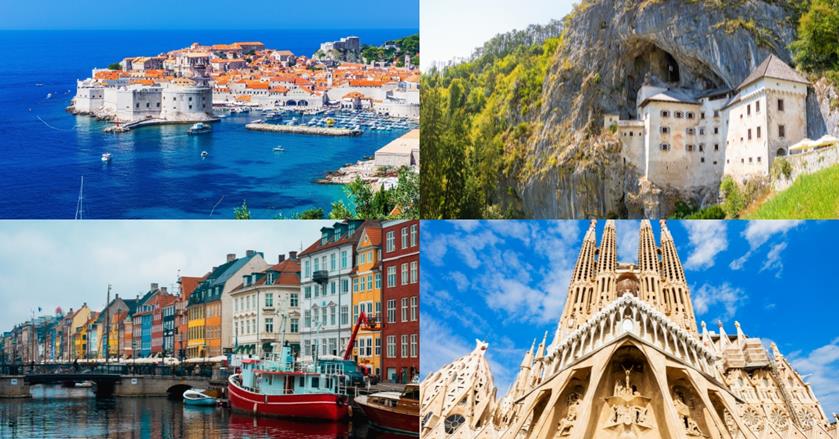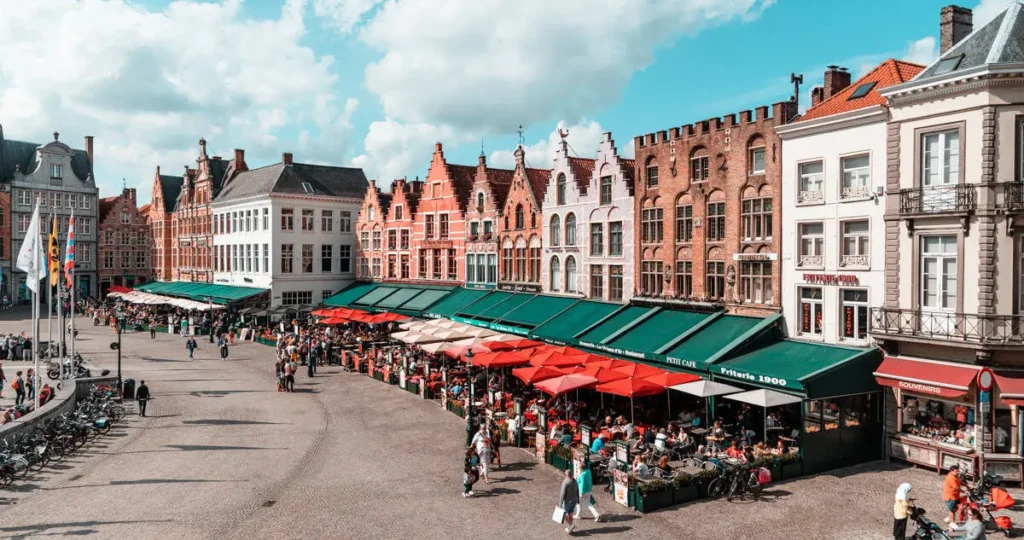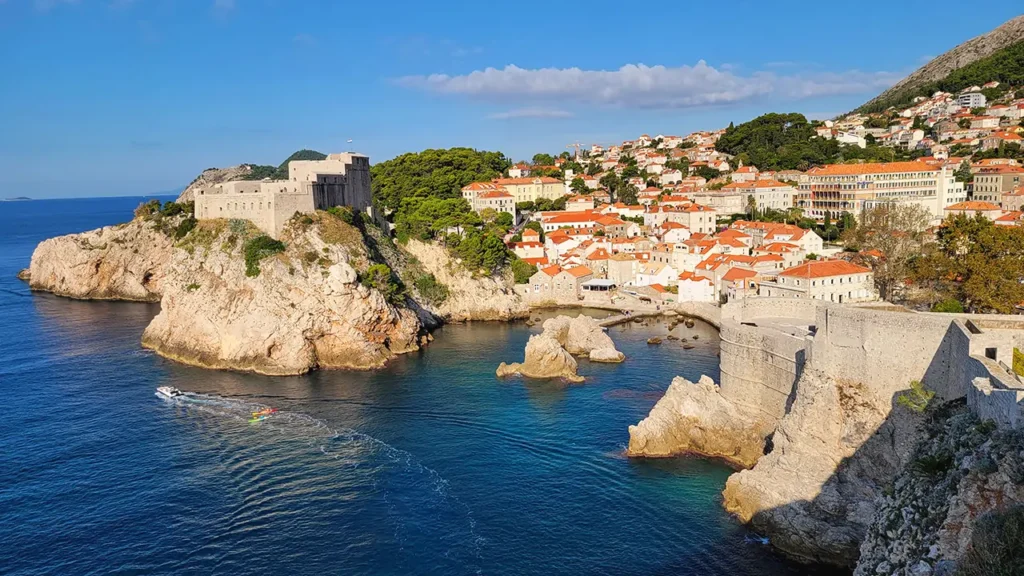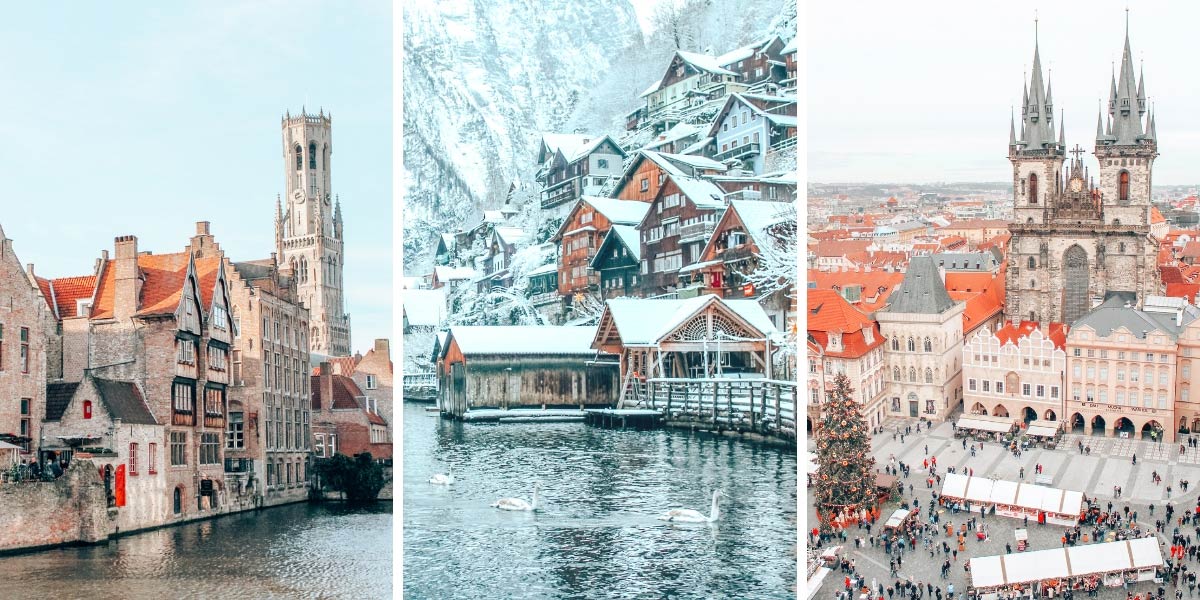Europe is an incredible destination with a diverse blend of cultures, How to Travel Europe for 2 Weeks, landscapes, and historical sites. A two-week trip allows you to experience multiple cities and countries, from the art and cuisine of Paris to the architectural wonders of Rome. In this guide, we’ll cover everything you need for a memorable European adventure, including itineraries, travel tips, and cost-saving advice.
Key Preparations for Your 2-Week Europe Trip

Table of Contents
Budget and Travel Costs
Estimate your expenses by factoring in flights, accommodations, food, and travel within Europe. A realistic daily budget might range from $100 to $200, depending on whether you’re staying in budget hotels, hostels, or opting for more luxurious stays.
Packing Essentials
Pack light! European cities often have cobblestone streets and limited elevator access, making a compact suitcase or backpack ideal. Essentials include versatile clothing, a good pair of walking shoes, a travel adapter, and any specific weather gear, as Europe’s climate can vary greatly between regions.
Booking Essentials in Advance
To avoid long lines and ensure access, book tickets in advance for popular attractions such as the Eiffel Tower in Paris, Vatican Museums in Rome, and Gaudi’s Sagrada Familia in Barcelona. Pre-booking will also help you stick to your schedule without sacrificing valuable sightseeing time.
Choosing Destinations for a Memorable Journey
Selecting cities that suit your interests can shape your experience. Here’s a breakdown to match different travel styles:
- First-Time Highlights: Paris, Rome, Barcelona, and Amsterdam offer iconic sites and easy access to must-see attractions.
- Historical and Cultural Stops: Rome’s ancient ruins, Florence’s Renaissance art, and Parisian museums offer rich experiences for history enthusiasts.
- Scenic Natural Destinations: The Swiss Alps, French Riviera, and Tuscany provide stunning landscapes ideal for nature lovers.
- Modern and Vibrant Spots: Berlin, Amsterdam, and Barcelona are known for vibrant nightlife, modern art, and a unique blend of cultures.
Sample 2-Week Europe Itinerary

Here’s a flexible itinerary that balances iconic landmarks with unique local experiences.
Days 1-4: London and Paris
- London (Days 1-2): Begin in London with a tour of classic sites like Buckingham Palace, the Tower of London, and the British Museum. In the evening, enjoy a West End show or sample traditional British fare.
- Paris (Days 3-4): Take the Eurostar to Paris. Start with a stroll along the Seine, visiting the Louvre, Notre-Dame Cathedral, and the Eiffel Tower. End with a Seine River cruise for stunning city views.
Days 5-7: Rome and Florence
- Rome (Days 5-6): Fly to Rome and dive into its ancient wonders, from the Colosseum to the Vatican. A food tour will give you a taste of Italian culinary delights, including local favorites like cacio e pepe.
- Florence (Day 7): Take a day trip to Florence to experience Renaissance art at the Uffizi Gallery and savor Italian cuisine in this historic city.
Days 8-10: Barcelona
- Barcelona (Days 8-10): Fly to Barcelona to explore the vibrant art and architecture of Gaudi at Park Güell and Sagrada Familia. Consider a day trip to Montserrat for a scenic getaway outside the city.
Days 11-14: Amsterdam
- Amsterdam (Days 11-14): End your journey in Amsterdam, where you can tour the Van Gogh Museum, take a canal cruise, and visit the charming Dutch countryside for a unique contrast to city life.
Efficient and Budget-Friendly Intercity Travel
High-Speed Trains
High-speed trains offer convenience and comfort on routes like Paris to Amsterdam, reducing travel time without the hassle of airports. Consider purchasing a Eurail pass if you plan to take multiple train journeys across countries.
Budget Airlines
For longer distances, budget airlines can be an economical option. Just be mindful of additional baggage fees and check-in policies to avoid extra costs.
Where to Stay in Each City
Booking accommodations in central areas saves you time and enhances your experience by placing you close to major attractions:
- London: Look for stays in Soho or South Bank.
- Paris: Montmartre and the Marais are scenic and centrally located.
- Rome: Trastevere and Monti offer authentic charm and proximity to landmarks.
- Amsterdam: Jordaan and De Pijp neighborhoods are ideal for first-time visitors.
Local Customs and Etiquette
Europe is diverse, and understanding cultural nuances can enhance your trip:
- Tipping: Generally lower than in the U.S., but a small tip is appreciated in many restaurants.
- Public Transport: Efficient and widely used, with metro systems in most major cities. Remember to validate tickets where required.
- Basic Language Tips: Learning a few words in the local language, like “please” and “thank you,” can go a long way in building rapport with locals.
Smart Ways to Save Money
Europe can be expensive, but there are plenty of ways to keep costs down:
- Eurail Passes: For those planning extensive travel by train, the Eurail pass can be a cost-effective option.
- Dining on a Budget: Opt for local markets and street food to experience authentic flavors affordably. Many cities have excellent street food options that showcase regional specialties.
- Free Walking Tours: These tours offer insights into each city’s culture and history. Remember to tip the guide at the end.
Last-Minute Tips for a Smooth Experience

- Start Early: Arriving at popular attractions early helps you beat the crowds and enjoy a more relaxed visit.
- Flexible Itinerary: Allow for some flexibility in your itinerary. Europe’s cities are filled with surprises, and some of the best experiences come from spontaneous discoveries.
- Stay Connected: Consider purchasing a local SIM card or an international data plan to navigate easily, access maps, and stay connected with family or travel companions.
Conclusion
With careful planning, your two-week European adventure can be a balanced mix of sightseeing, relaxation, and memorable experiences. From historic landmarks to local delicacies, Europe offers something for every type of traveler. Use this guide to create an itinerary that maximizes your time, budget, and enjoyment as you explore the best that Europe has to offer.
